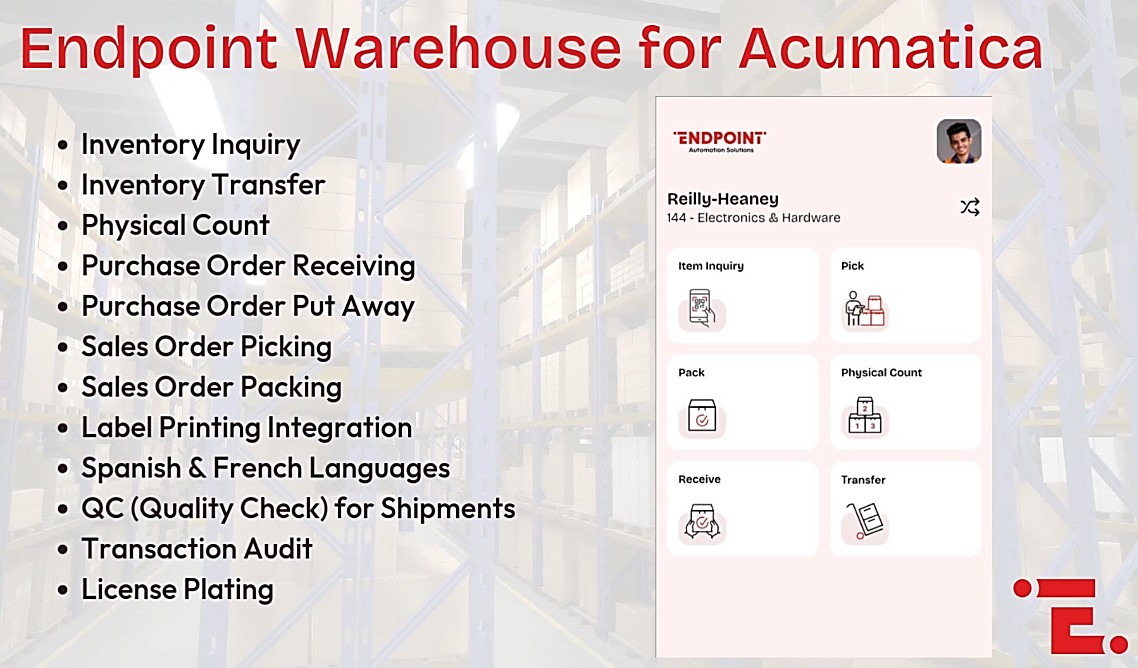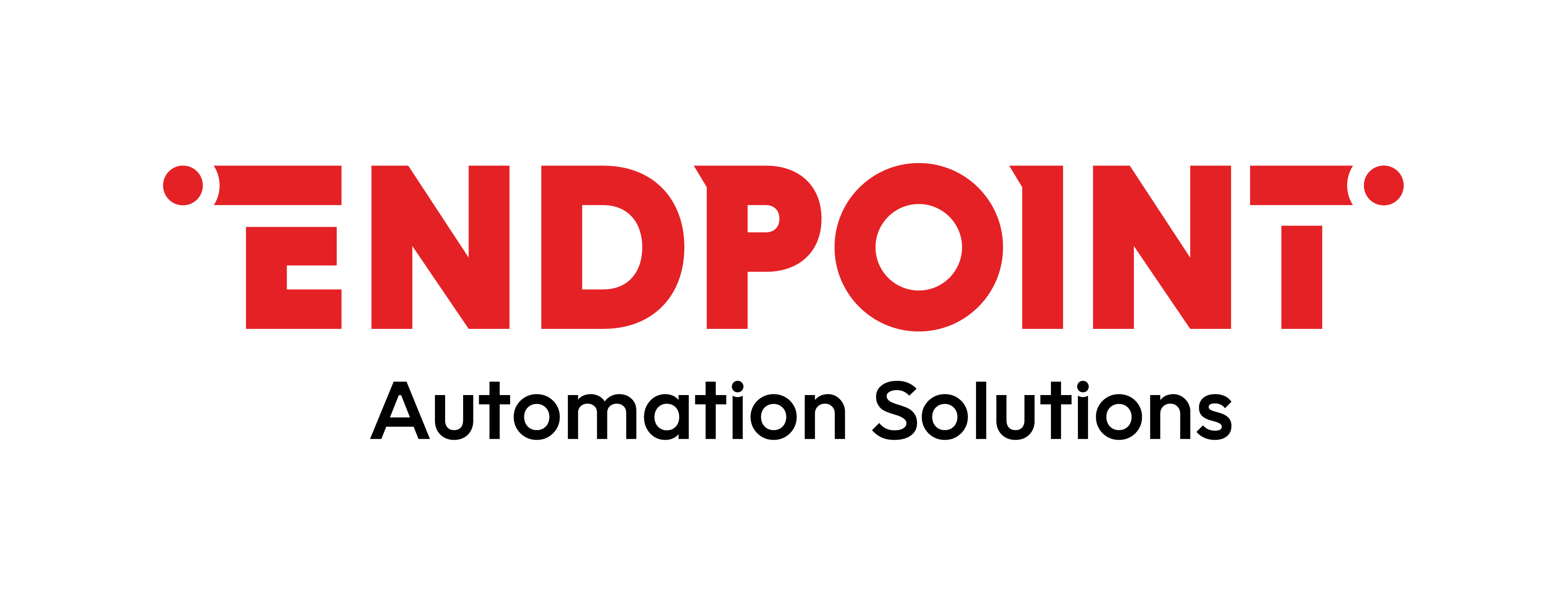March 5th 2025 10:26:27 AM
Supply Chain Management Tips for the Post-COVID Business World
July 27th 2021 11:00:00 AM
In our last blog post, we talked about how the worldwide COVID-19 pandemic put pressure on manufacturers (with some specific examples) due to supply chain management issues. Shutdowns put in place to respond to the crisis led to several industries being unable to keep up with customers’ orders. Demand for many products has increased but retailers and distributors have been unable to keep up with demand.
Running out of much-needed inventory at a time when customers are placing orders is not a situation that a business owner or a manager wants to find themselves in. Stocking up in order to meet customer demand may not be the best approach, either. It ties up working capital, which has a direct impact on the company’s bottom line. As the post-COVID economy opens up, it will create new opportunities and challenges for businesses. Now is the time to focus on supply chain management to meet those demands.
Would you like to discuss how Scanco’s supply chain management solutions can help your business prepare for the post-COVID economy immediately? Contact us online or call (330) 645-9959 to make an appointment with a Scanco Solutions Expert right away.
5 Supply Chain Management Tips
Many companies use the just-in-time method for monitoring their inventory. In the current situation, this method should be adapted slightly. Consider the following tips to deal with this unique situation as businesses move forward.
1. Continue monitoring inventory but leave more breathing room.
Just-in-time inventory management thrives on continuous monitoring. Replacement deliveries must be timed to arrive at just the moment when they will be needed. The person responsible for purchasing must constantly balance the need to avoid running out of stock against keeping inventory costs slashed to the bone to avoid tying up too much capital.
The supply chain may be interrupted due to a lack of product or labor disputes such as the recent strike by Montreal dockworkers that was ended by back-to-work legislation. The supply chain may also be affected by transportation problems. A recent example that captured the world’s attention was the container ship Ever Given becoming wedged in the Suez Canal, leading to blocked maritime traffic for close to a week.
None of these events are things a business owner can control. However, they still have the potential to impact the business’s bottom line. Rather than cut inventory spending to the maximum, now is the time to add a little bit of flexibility back into the equation. Continue to keep a close eye on inventory but consider carrying slightly more in stock to meet upcoming orders.
2. Automate as many tasks as possible.
Businesses that are doing inventory counts manually are at risk for errors in their counts. This process also takes longer to complete than using barcode scanners to collect inventory data and upload it into the company’s computer system.
Accuracy is important for manufacturers, who need to know exactly how much raw materials and parts they have on hand at any given time so they can fill orders. These levels have a direct impact on how quickly they can deliver finished goods. Distributors want to avoid stock-outs if at all possible.
3. Review the existing supply chain.
Are there suppliers which have been willing to be flexible regarding delivery times? Are there specific ones that can be counted on to go out of their way when a rush order comes up? These are the suppliers that businesses want to maintain long-term relationships with.
It also makes sense to develop relationships with multiple suppliers for the same products or raw materials. When one supplier is unable to deliver orders for specific materials or products when needed, contact another one to ask about their capacity to fill them.
4. Establish relationships with local suppliers, if possible.
Local suppliers have the advantage of being able to ship their materials and products to manufacturers and distributors quickly. There is less of a chance they will become delayed in transit, which is an important factor in the post-COVID business environment. This is a case where the potential of a higher price must be weighed out against the possibility of being able to access needed materials or products more quickly to fill orders.
5. Be upfront with customers about lead-time requirements.
There will be times in the post-COVID business environment when companies will not be able to deliver orders immediately. They will need more lead time to access the materials or products needed to fill the order.
During these times, it pays to be transparent about the amount of lead time needed to fill orders and realistic about delivery dates. Many customers will be understanding and prepared to wait when they understand the reason for the delay is due to circumstances outside of a business owner’s control.
Scanco Production Management for Sage 100 Helps You Track Costs With Ease
Sage Production Management gives a business the ability to track costs accurately. Owners and managers get the data they need in real-time to make the best decisions about inventory and materials.
Customers can be kept advised as to their orders’ status. This feature is a key component in managing their expectations and keeping satisfaction levels high.
Sage Production Management also tracks labor costs, overhead, and direct AP costs. Manufacturers and fabricators can tell at a glance how much it costs to make each item in an order relative to budget.
Are you curious about whether Sage Production Management is the right solution for your company’s needs? Check out our free Module Match Tool. It only takes a few minutes to discover which solutions are best for your business.
Do you have questions about Sage Production Management and how this solution can help in the post-COVID economy? Contact us online or call (330) 645-9959 to make an appointment with a Scanco Solutions Expert today.













